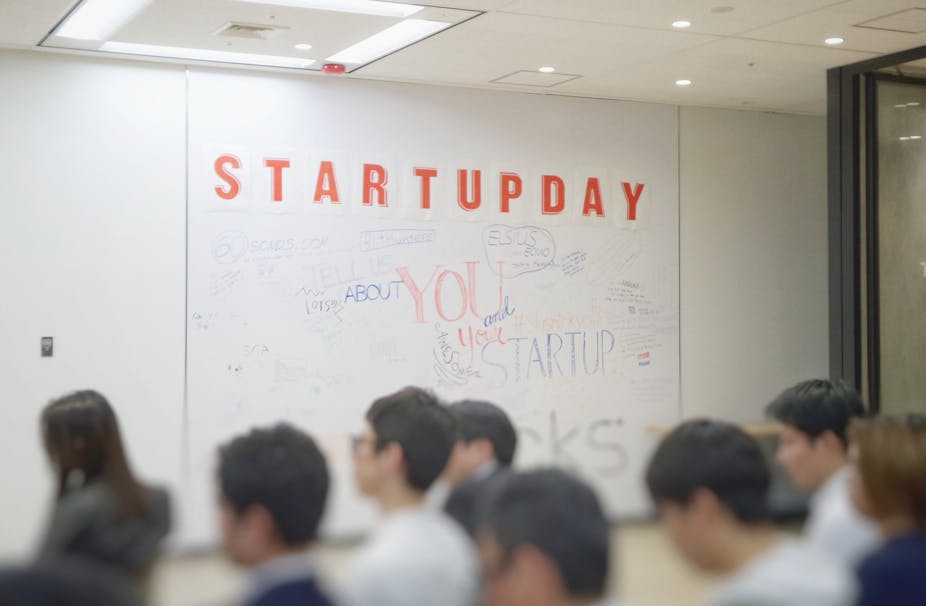After Eric Ries’ publication of The Lean Startup in 2011, the underlying method quickly spread among entrepreneurs, entrepreneurship educators, incubators, accelerators, and large corporations. The lean startup (LSU) method has since become one of the cornerstones of entrepreneurship education in business schools around the world.
During their studies, business students worldwide are likely to have received instruction in at least some aspects of the LSU method – it’s often portrayed as a valuable skill to be a manager in the 21st century. In contrast to the more static nature of business planning, LSU is more hands-on, as entrepreneurs seek to validate the assumptions underlying their business model via “live” testing.
At the core of the LSU methods is the formulation of falsifiable business model hypotheses and their subsequent tests with potential customers using a minimum viable product (MVP). In essence, entrepreneurs are advised to design a series of experiments to test and refine their business model through direct interactions with customers from the outset of their ventures (Blank, 2013).
To date, LSU’s popularity has been largely unchallenged by any critical insights about possible limitations of the method. However, recent academic studies alert to significant limitations in three areas.
The lean startup is not free
First, Contigiani and Levinthal (2019) point to the potential costs and risks associated with employing the LSU method. Some of these costs and risks are industry-specific whereas others are more generic in nature. Experimenting in the market with a MVP takes time and resources, which can be relatively high in industry sectors such as biotech.
In contrast to IT-related sectors, fixed costs in biotech are substantial, making consecutive iterations of testing the product unfeasible. In addition, entrepreneurs need to realize that testing products with customers may involve the disclosure of important strategic information. Especially in industries where IP protection is weak, the potential risks of information disclosure may be significant. With regard to the latter, making changes to one or more aspects of the business model based on the feedback received from customers involves costs. Furthermore, these costs can go beyond pure financial costs as repeatedly changing the business model potentially erodes the entrepreneurs’ motivation.
Employing the LSU method may also involve reputational risks. By definition, the LSU method requires entrepreneurs to present an early-stage, incomplete product to potential customers. This puts the entrepreneurs at risk of negative feedback that may spread to the broader target market.
Too much testing can kill you
Second, Ladd (2016) finds that more validation is not necessarily better. While entrepreneurial teams that formulate and test hypotheses perform better than those that do not, there appears to be a diminishing and negative relationship between the number of validated hypotheses and the team’s success. In other words, entrepreneurs need to know when to stop employing the LSU method since, at a certain point, the additional time, attention, and resources of conducting an additional experiment may outweigh its potential benefits. Entrepreneurs have to stop testing, lock the key elements of the business model, and start to scale the venture.
Preparation is still relevant
Third, De Cock, Bruneel, and Bobelyn (2019) show that the experience of entrepreneurs have acquired also plays an important role in the extent to which they are able to derive value from applying the LSU method. It is not necessarily the experience with LSU method that limits its potential benefits, but rather the extent to which the entrepreneurs have prior market knowledge. Entrepreneurs that lack prior market knowledge are less able to make sense of the feedback acquired from experimenting in the market. As a result, prior market knowledge enables entrepreneurs to make meaningful iterations of the business model using the LSU method.
Bearing on mind these three points, perhaps it may therefore be more useful to teach the LSU method as a possibility rather than a blanket solution. As put forward by Ladd (2016):
“As is true of any business process, the method must be tailored and employed with reflection and constraints, not blind allegiance.”
Acolytes are quick to eschew well-known strategy tools such as SWOT analysis (analysis of internal Strengths and Weaknesses combined with an evaluation of Opportunities and Threats that can be found externally) and traditional market analysis, but, in reality, such tools are still relevant.
LSU hard-core users guarantee that adaptability is key to finding that product-market fit. We agree with this, in general, but it is crucial that entrepreneurial manager needs to be adaptable to know when to use LSU and when to use other management tools.

